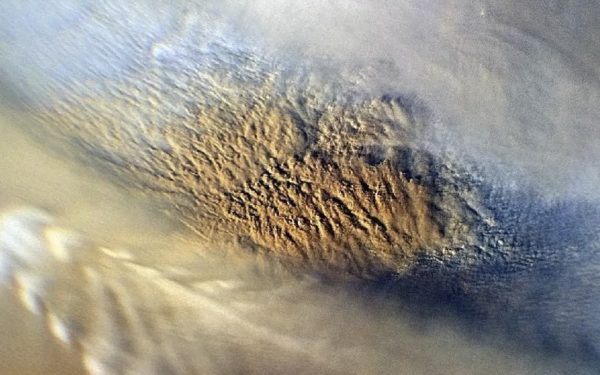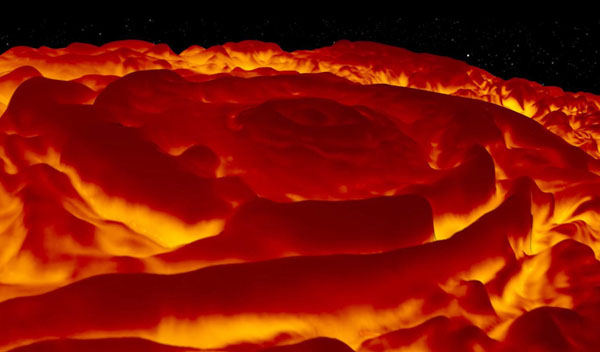SOLAR SYSTEM: Oh the Weather Outside is Frightful…
Our solar system is home to some weird and wonderful weather, with storms more terrifying in scale than anything in Earth’s recorded history. From centuries-old hurricanes on Jupiter to immense winds on Neptune, if you leave Earth you’ll be shocked by what you find. On Mars you will find immense dust storms that cover the entire planet, while Venus has an incredibly thick and fast-moving atmosphere that can form permanent vortices at its poles. On Jupiter and Saturn there are some huge storms — bigger than the diameter of multiple Earths — that have raged for decades or even centuries. … Read more





